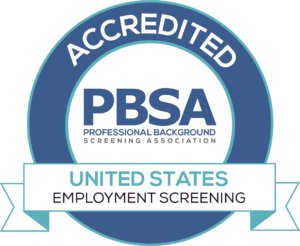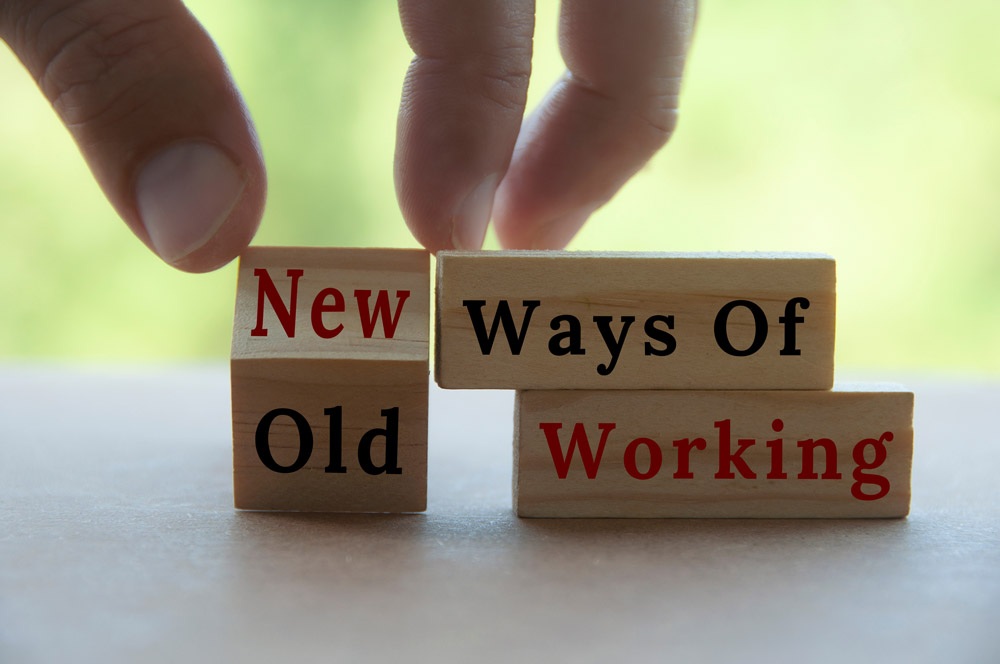Human Resources is a growing field.
U.S. Bureau of Labor Statistics estimates show that the demand for HR managers will increase by roughly 15,500 positions per year over the next decade.
As attracting top talent becomes increasingly important, organizations are turning heavily to an employee-centric hiring and leadership approach. Such an approach aims to find and retain valuable employees by offering improved flexibility, benefits, and work-life balance.
As organizations pour into these efforts individually, the standard is raised collectively, creating an industry-wide transformation over time.
Here are some of the changes HR leaders are implementing on a large scale to drive this HR evolution.
Agility
Hybrid Work
As of 2022, nearly 75 percent of U.S. companies used or planned to incorporate a permanent hybrid work model.
While organizations have been traditionally skeptical of such a model, it is effective in practice. Not only do over half of workers prefer a hybrid working model, but over half also prove to be more productive overall.
When improved morale and reduced burnout are added to the equation, it’s no wonder why HR leaders are transforming their perspectives and practices to accommodate fully remote or hybrid working situations.
Engagement
According to a Forbes publication, 75 percent of employees experience burnout.
Studies suggest that unengaged employees are more likely to become complacent in their duties than engaged employees. Here are some ways HR leaders are addressing this:
- Improving internal communication
- Emphasizing company culture
- Encouraging interaction through team-building events
- Investing more in employees
- Welcoming feedback
Employee Experience
Happy employees lead to better performance– in fact, they are 13 percent more productive.
While a productivity increase of 13 percent doesn’t seem considerable, it is. Minor improvements add up over time, and a happy, well-balanced workforce will dominate over a disgruntled workforce every day of the week.
HR leaders are beginning to focus on and improve the three main areas of employee experience– physical experience, digital experience, and cultural experience. Initiatives to encourage and empower employees within their roles are continually increasing, as are resources dedicated to the task.
Technology
Recruiting
The marriage of AI and recruiting is going well so far.
Just recently, HR leaders have been leveraging new technologies to both improve the quality of their hires and expedite the process.
Some of these revolutionary and emerging recruiting features include:
- Automatic resume scoring
- Contextual resume screening
- Resume parsing
- Social recruiting
Payroll
When it comes to traditional payroll solutions, there have been some common pain points, namely, data entry, tax filing, and reporting.
Now, solutions have become tremendously automated and intuitive, affording HR departments more bandwidth to focus on other areas. While a seemingly small component of the overall whole, recent advances in payroll management are contributing significantly to widespread industry change.
Incentives
Rewards platforms like Motivosity and Awardco encourage recognition and connectedness within mid-sized to large organizations.
Such technology allows peers to show appreciation for one another by sending small rewards across teams and departments. Managers and executives can use a software like Motivosity to deliver on-the-spot bonuses and provide milestone rewards to employees.
Internal Policies and Compliance
Workplace Harassment
Tolerance for workplace harassment is lessening, and criteria are evolving.
Creating an environment of safety and inclusion is atop the priority list for HR leaders. This leads to a widespread change in employee conduct and culture that will continue to evolve well into the future.
Leave
Since the pandemic, employees have benefited overall from company leave policies.
Here are some of the changes that are becoming more commonplace:
- Increased PTO
- Annual leave cash-out options
- Taking leave in advance
- More flexibility with non-PTO leave
HR leaders are finding that flexibility is the most useful bargaining chip for keeping employees happy and productive. This is reflected in changing leave policies.
Drug Testing
In the past decade, we have seen considerable change in the employment drug testing front, especially concerning THC.
As state marijuana laws loosen, many employers are eliminating THC from their panels, effectively decreasing the number of candidate rejections.
At Peopletrail, we keep our eyes and ears out for any and all legislative changes that could further affect how drug testing policies are structured and carried out.
You can read more about drug testing for THC here.
Takeaways
As the demand for quality employees continues to increase, so does the need to keep them happy. HR leaders around the country are transforming the way organizations find, retain, and reward employees to the benefit of both parties.
As we move further into this decade, we will continue to see improved technology and evolved policies that will drive further change across the board.
For more information on how we help HR professionals around the globe, visit us online.








